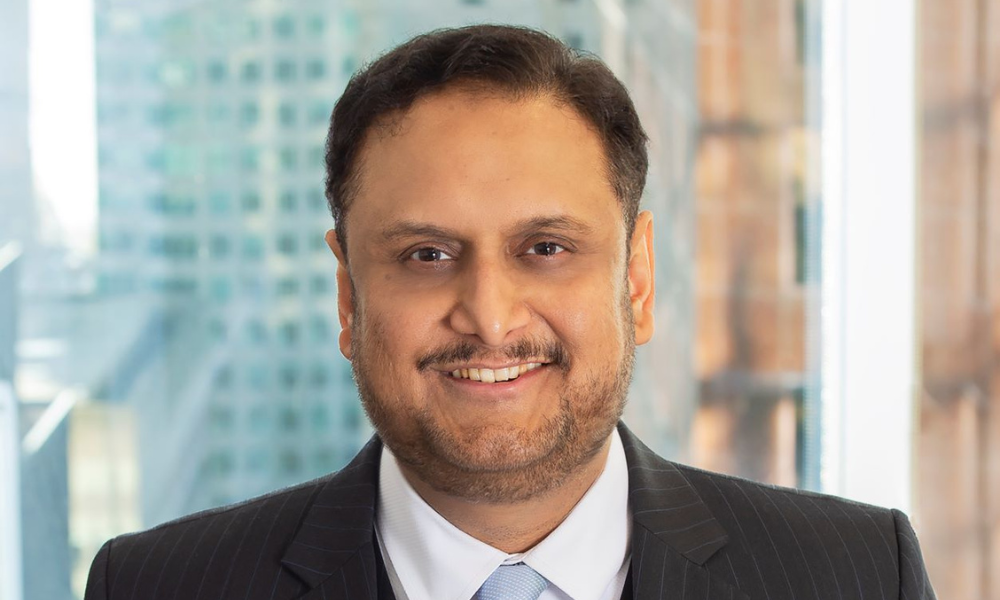Hasanjee noted that their global credit fund was generating a 6% yield, so locking in yields at that level would be key for good investment.
“If you’re investing in bonds, or overweighting bonds, with such high yield to maturity, you’re reducing your equity risk in the portfolio and compensating for it with more bond risk,” he said. “Basically, by doing that, you’re bringing the portfolio volatility down. And, when rates go down, in future, your portfolio will benefit from higher bond prices.”
He said that, until recently, it would have been difficult to get that kind of yield without taking on more risk and going into alternative investments, emerging market bonds , or emerging market equities. Now, advisors can achieve the same yield by having bonds in the portfolio, so they don’t need to take on much equity risk, though they will still need an equity component.
“Our 60/40 portfolio is not static. We basically change its allocation every quarter, though we’re not changing the underlying equities,” he said, noting that Vanguard now has reduced its equity exposure from 52% in June 2021 to 45% now with bonds comprising 55% of its portfolios.
He warned advisors not to invest in guaranteed investment certificates (GICs) because their funds are not liquid. They also bring a concentrated credit risk. Bonds, meanwhile, are more liquid. So, he added, “when interest rates go down, their prices will increase and the investor will get the full benefit of that.”


